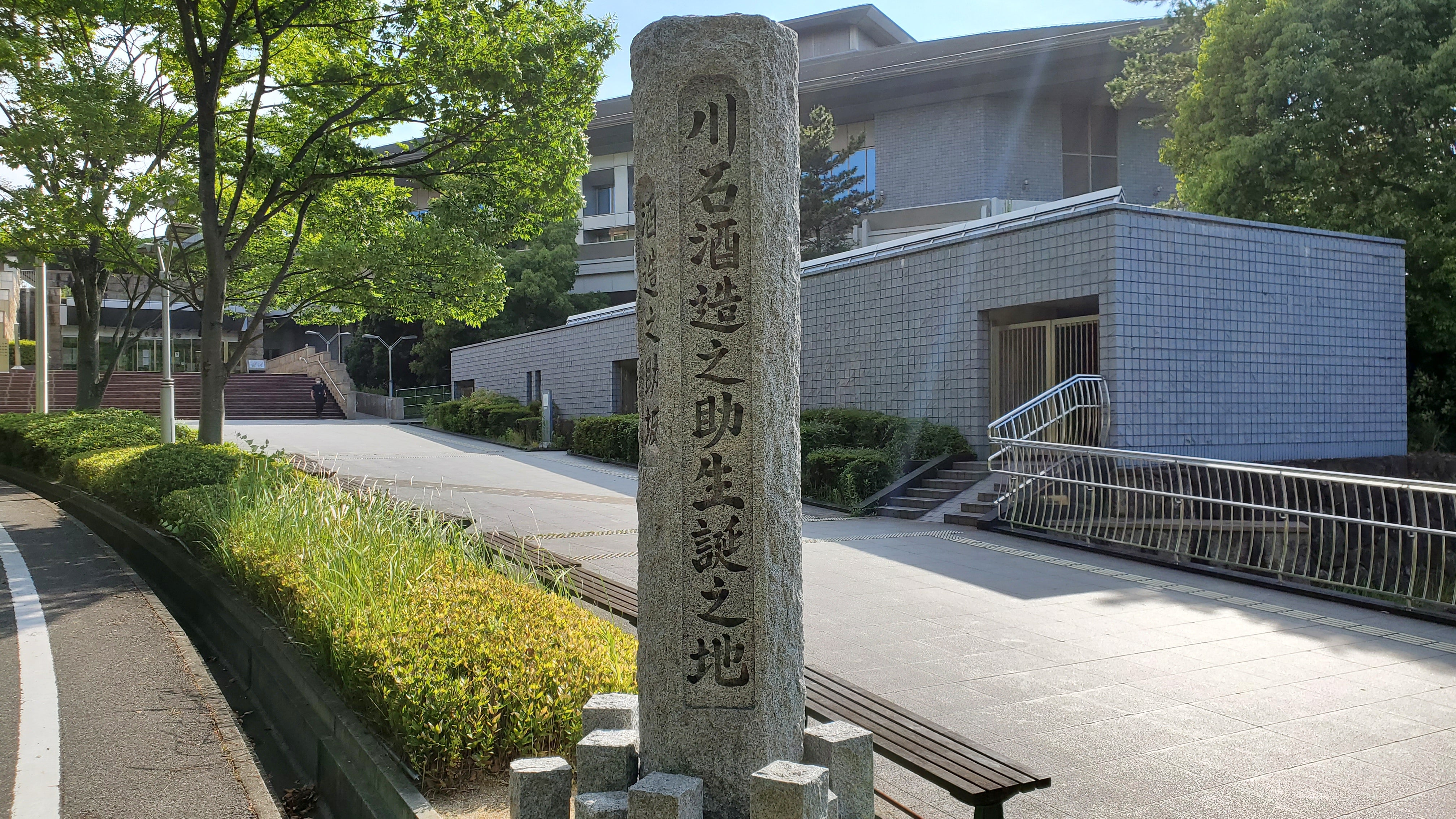Mikinosuke kawaishi [Father of French Judo]
Who is Kawaishi Mikinosuke?
Kawaishi Mikinosuke, known as the "Father of French Judo," was born in the same place where our company is located, as the fifth son of Magojiro Kawaishi.
After graduating from Himeji Junior High School (Himeji-Nishi High School) and Waseda University, he went to the U.S. and Europe, and taught judo in France from 1935.
At that time, he devised a revolutionary teaching method (the Kawaishi method), which included classifying and numbering techniques and kata to make them easier to understand, and using seven different colors for the belt, thereby popularizing judo (judo) in France.
The French Judo team stayed in Himeji for a training camp prior to the 2021 Tokyo Olympics, thanks to the relationship with Kawaishi Mikinosuke, a native of Himeji City.
-
Born as the fifth son of Magojiro Kawaishi at 148 Tegara, present-day Himeji City, Hyogo Prefecture
-
Entered Himeji Junior High School (later Himeji Nishi Senior High School) in Hyogo Prefecture.
-
Graduated from Himeji Junior High School and entered the Pre-College Political Science and Economics Department at Waseda University in September.
-
Graduated from Waseda University, School of Political Science and Economics. Worked in the Finance Division of the Tokyo City Hall.
-
Moved to the U.S. to attend Columbia University. At the request of the local Japanese Association, he teaches Judo.
-
He moved to the U.K. and founded the Anglo-Japanese Judo Club, and in October became a judo instructor at Oxford University.
-
Moved to France and founded the French Judo Association in 1940.
Kawaiishi Method (Metodo Kawaiishi)
Through judo instruction overseas, he noticed that there were issues with language-based instruction. The Kawaishi method of teaching is characterized by its ingenuity in making it easy for everyone to understand, and its contribution to the spread of the method was that it made the degree of progress easy to understand and increased motivation to practice.
- The names of the techniques were given in French and numbered instead of in Japanese. (For example, "osoto gari" is "footwork No. 1")
- The ranks are classified by "kyu" according to the number of techniques and degree of proficiency.
- The colors of the belt were divided by kyu, with white, yellow, orange, green, blue, brown, and black representing the rank of kyu.

Stone monument in front of Hyogo Prefectural Budokan


